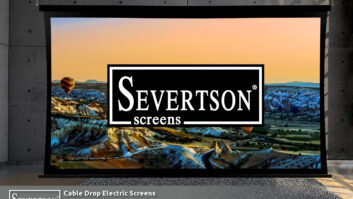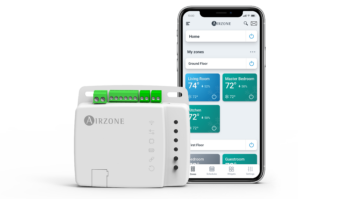Washington — Defining “encoding rules” for selectable output controls and finding a means for revoking devices used illicitly to copy or retransmit safeguarded content are among a number of ongoing sticking points in negotiations between the consumer electronics and cable television industries.
As required by the Federal Communications Commission Second Report & Order, the Consumer Electronics Assocation and National Cable Television Association submitted another in a series of periodic joint status reports outlining progress being made in engineering discussions for the development of Interactive Digital Cable Ready (iDCR) devices.
The goal is to enable the manufacture of digital television and video products that can be sold anywhere in the country and still operate with the conditional access security systems of numerous individual cable operators.
Currently, the industries are offering a one-way version of such a system, employing digital CableCARDs. But the industries are trying to develop a system with two-way capability to, among other things, allow consumers to purchase video-on-demand and pay-per-view features through their television remotes.
In the joint industry report, the bodies said they have agreed that “tools capable of implementing elements of selectable output control should be included in iDCRs, subject to encoding rules, which have not yet been defined.”
Selectable output controls could enable a cable company or content owner to restrict delivery of high-definition broadcasts over copy protected digital outputs, such as HDMI/HDCP, while blocking unprotected analog outputs or forcing content delivered over them to be “down-rezed” to standard definition.
The report states that the parties have agreed to “pass through” CGMS-A copy-protection signals, such as those used by HBO to prevent multi-generational copying of its content or the redistribution of that content over the Internet.
“But there is no agreement yet on generating CGMS-A signaling for content output from iDCRs through analog ports,” the report said. “There is a need for a multi-industry means for sending revocation messages to compromised devices.”
The report said the parties “are in the midst of joint engineering discussions on how device resources can be shared practically between cable applications and other applications of the iDCR.”
At issue is “developing language for the submission of Engineering Change Requests” that may be needed during their negotiation period to improve, clarify and adjust the OpenCable Application Platform (OCAP) software specifications, through CableLabs’ engineering change process.
OCAP is CableLabs’ administered software that can be used to create a common platform for the deployment of interactive services.
The industries have agreed to proceed in discussions under a framework recommended to the Commission that would enable iDCR devices to include mutually defined refinements to OCAP.
The associations are also said to be developing an Implementers Guide to assist manufacturers in bringing OCAP products to market.
“There are technical and procedural issues that remain to be addressed,” the report states.
Meanwhile, the report said the parties have agreed to use the term “Interactive Digital Cable Ready” exclusively for complaint products. The parties would jointly trademark the terms without compensation and require the terms be used only to describe products that are in compliance with FCC regulations.












